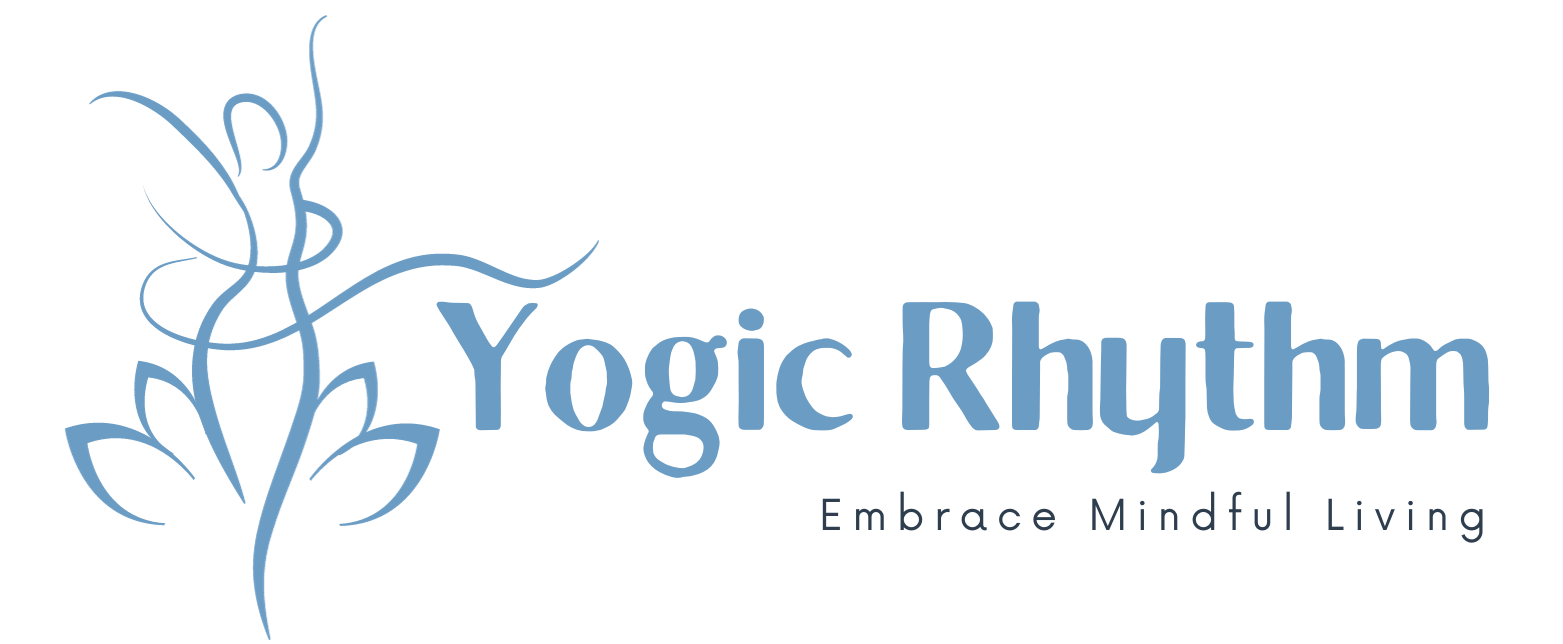Introduction: Living with chronic pain can be an overwhelming and challenging experience, affecting not only your physical well-being but also your mental and emotional health. While medication is a common approach, there’s a growing recognition of the effectiveness of meditation as a natural and holistic technique for pain management. In this comprehensive guide, we’ll explore the profound relationship between meditation and pain relief, providing you with practical insights and techniques to incorporate into your daily life.
Understanding Pain and Its Impact:
The Complexity of Chronic Pain:
Chronic pain is a complex phenomenon influenced by physical, psychological, and environmental factors. It often becomes a persistent companion, affecting various aspects of life.
The Mind-Body Connection:
The mind and body are intricately connected, and chronic pain can lead to emotional distress, anxiety, and even depression. Understanding this connection is crucial for effective pain management.
The Role of Meditation in Pain Management:
Shifting the Focus:
Meditation offers a paradigm shift in how we perceive and respond to pain. Rather than attempting to eliminate pain entirely, the focus is on changing our relationship with it.
Mindfulness and Pain Awareness:
Mindfulness meditation encourages awareness of the present moment, including sensations such as pain. By observing without judgment, individuals can develop a different relationship with their pain.
Reducing Pain Perception:
Studies suggest that regular meditation can reduce the perception of pain by altering the way the brain processes pain signals. This can lead to increased pain tolerance and improved overall well-being.
Practical Meditation Techniques for Pain Relief:
Mindful Breathing:
A fundamental meditation technique, mindful breathing involves paying attention to each breath. This practice promotes relaxation and can be especially helpful in easing tension associated with pain.
Body Scan Meditation:
Body scan meditation involves systematically bringing attention to different parts of the body. This technique can help identify areas of tension and promote relaxation.
Loving-Kindness Meditation:
Loving-kindness meditation involves cultivating feelings of love and compassion, starting with oneself and extending to others. This practice can foster a positive emotional state, counteracting the negative impact of pain.
Visualization and Pain Reduction:
Guided visualization can be a powerful tool for pain management. By creating mental images of a peaceful and pain-free state, individuals can shift their focus away from the sensation of pain.
Scientific Insights into Meditation and Pain:
Neuroplasticity and Pain Pathways:
Neuroscientific research suggests that meditation can induce neuroplastic changes in the brain, influencing the perception of pain and altering pain pathways.
Stress Reduction and Pain:
Meditation is known for its stress-reducing effects. Since stress can exacerbate pain, the practice of meditation can indirectly contribute to pain relief.
Incorporating Meditation into Daily Life:
Consistency is Key:
Like any skill, the benefits of meditation for pain management are best realized with consistent practice. Short, regular sessions can be more effective than sporadic, longer sessions.
Mindful Movement:
Combining meditation with gentle movement practices like yoga or tai chi can be particularly beneficial for individuals with chronic pain. These practices promote flexibility and relaxation.
Integrating Mindfulness into Activities:
Mindfulness doesn’t have to be confined to formal meditation sessions. Integrating mindful awareness into daily activities, such as eating or walking, can contribute to pain management.
Challenges and Rewards on the Journey:
Patience in the Process:
Meditation is a skill that develops over time. Patience is crucial, especially during moments when pain seems overwhelming.
The Reward of Empowerment:
As individuals learn to navigate pain with mindfulness, they often experience a sense of empowerment and increased control over their well-being.
Conclusion:
Meditation is a natural and empowering tool for managing chronic pain. By cultivating a mindful approach to pain, individuals can transform their relationship with it, leading to improved overall quality of life.
As you embark on this journey of integrating meditation into your pain management routine, remember that each individual’s experience is unique. Experiment with different techniques, be patient with yourself, and, most importantly, consult with healthcare professionals to create a holistic approach to managing chronic pain.
In the quiet space of meditation, you may discover not only relief from pain but also a profound sense of peace and resilience that extends beyond the limitations of physical sensations. It’s a journey towards reclaiming a life not defined by pain but enriched by mindful living.
